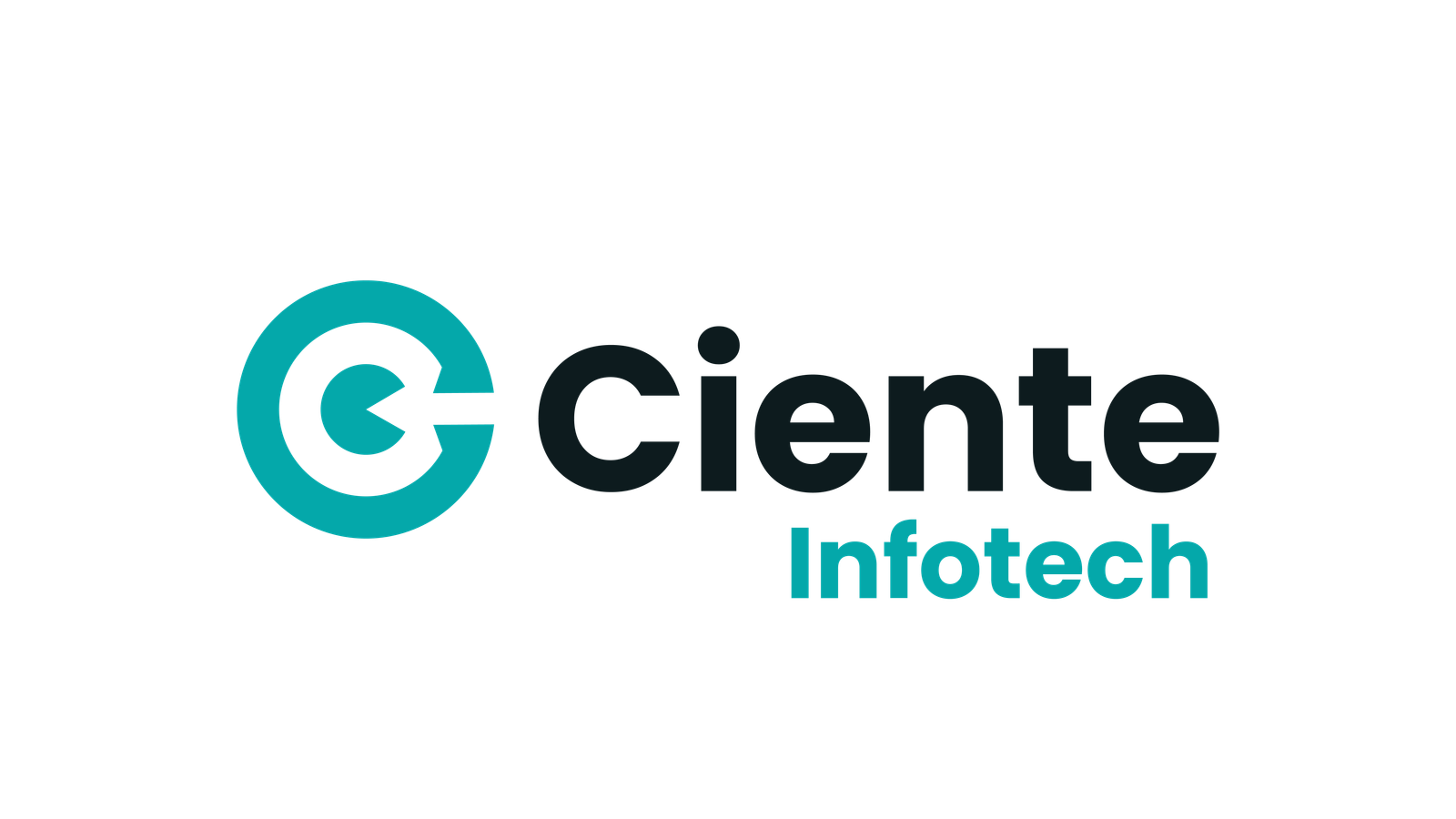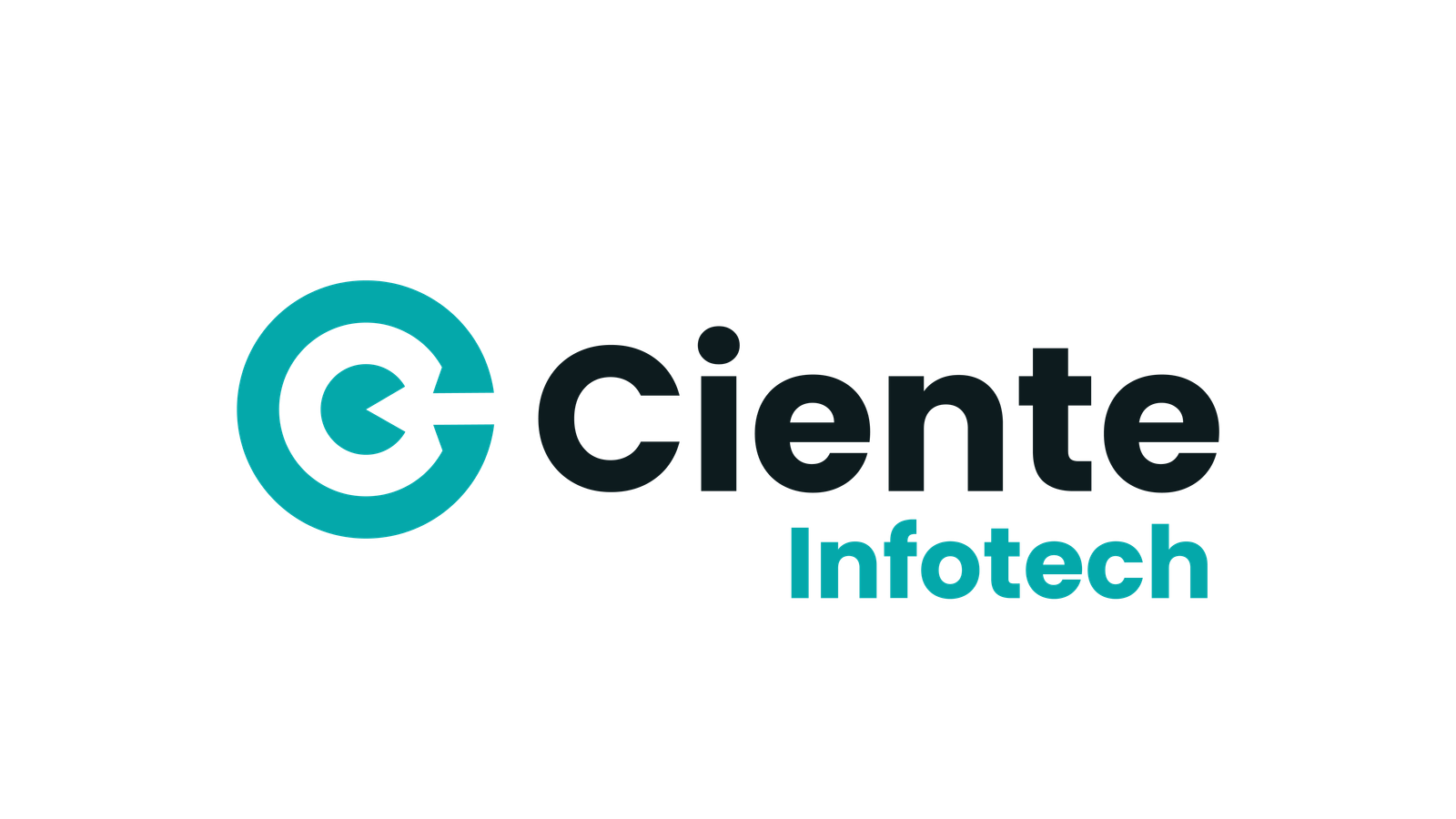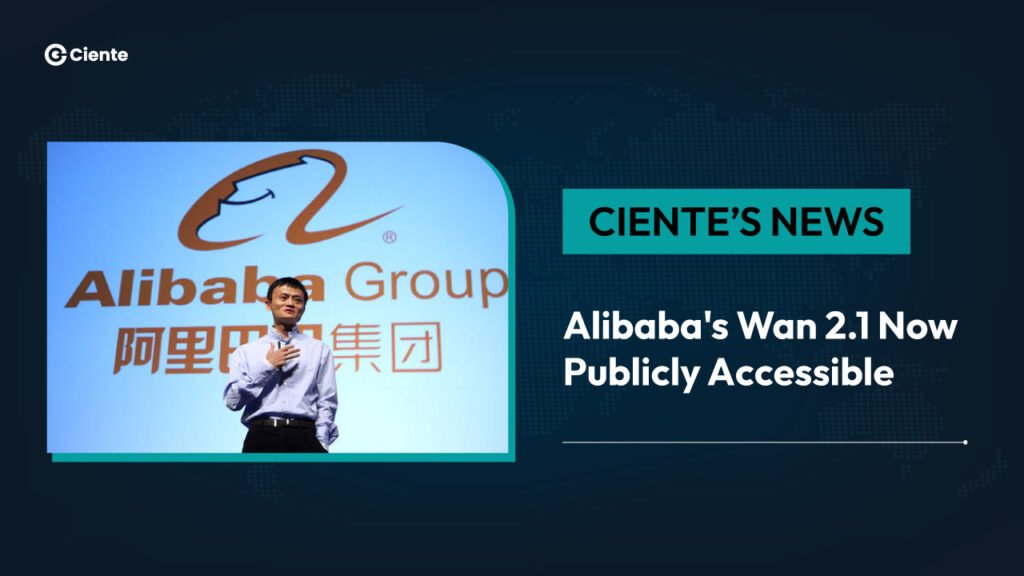Alibaba’s Wan series is an open-source model, just like DeepSeek’s r1. Could AI end up becoming commoditized?
Last month, DeepSeek’s introduction left the entire tech marketplace bewildered. This placed China in the lead among its competitors, especially Open AI.
To keep pace with the American powerhouse, Chinese giant Alibaba has introduced the latest model of their Wan series. But unlike OpenAI, Wan 2.0 is open source. Wan 2.1 can now be leveraged by researchers, academics, and the commercial sector by accessing Alibaba Cloud’s Hugging Face and Model Scope. This foundational model is built for video and image generation through the help of text and image inputs.
It proves China is gaining significant ground in the open-source charge while Meta continues to lead through its Llama models.
Open-source AI models have become quite a significant facet of the AI conversation, especially since DeepSeek’s r1 model. Publicly accessible, these models can be downloaded and modified, unlike OpenAI’s proprietary models.
The message it communicates? Innovation and community-building.
In line with these developments, tech experts at different labs speculate that with the advancement of large language models and the decrease in price required to train and manage them, these could become commoditized.
“As AI gets more efficient and accessible, we will see its use skyrocket, turning it into a commodity we just can’t get enough of,” says Microsoft’s CEO, Satya Nadella.
Their value could gradually dissolve as the market demands and intensifying competition push businesses to adopt agentic AI systems – an amalgamation of contextual data and language models.
Alibaba’s Wan 2.1 is merely a spark fueling the shift towards an increasingly tech-centric world. And more and more companies could easily leverage AI to witness its full potential as a virtual collaborator.



